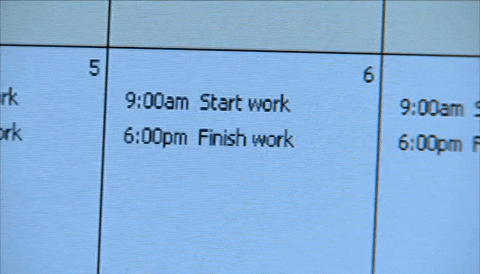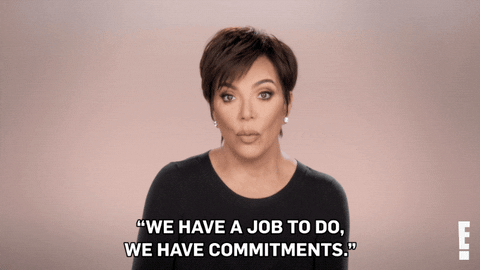Meeting with Intention
Make
the most
your meetings
of

out

Meeting with others in real-time is a form of synchronous communication. At Clio, these interactions often occur through Zoom calls, Slack huddles, Google Meet calls, and in-person gatherings. As a DxD team, we’re able to collaborate with others across various locations. However, it can be challenging to play calendar tetris with different time zones and stay engaged throughout back-to-back meetings. To minimize meeting fatigue, be efficient and intentional with your meetings. Effective meeting management happens before the actual meeting begins and continues after it ends as well.



Be purposeful with your invitations and attendees
You’ve been there—the meeting where people loosely discuss whatever points come to mind, nothing is resolved, everything is shifted to the next meeting, and everyone leaves feeling like they’ve wasted their time and energy.
Meeting with intention is about having a clear goal, agenda, and the right people in the room. Consider which attendees are required to accomplish your meeting objectives, and which attendees can be set as optional in the calendar invitation.
Intentional meetings help us move faster and collaborate better together as we challenge groupthink and innovate beyond the status quo. A good rule of thumb is to only schedule a meeting if it’s intended for one or more of the following objectives:


What’s the goal of my meeting—can it be accomplished asynchronously?
Who should attend and how will each participant contribute to the meeting?
Ask yourself...
Prepare your meeting materials and tools in advance
How will my attendees understand the purpose
of my meeting?
How will I achieve my desired outcomes?
An effective meeting offers clarity, context, action, and accountability. Consider how the preparation and facilitation of your meeting will optimize its impact.
Create an agenda
Lead with context by providing your attendees with information that will help them understand what the meeting is about and how they can contribute meaningfully. This should include a clear meeting title, discussion topics outline, and pre-work if necessary.
Design your environment
Enhance your attendees’ active participation throughout the meeting by leveraging Zoom best practices and interactive facilitation tools, such as virtual whiteboards, breakout rooms, and polls. Also, don’t forget to test your technology first!



Foster inclusive and respectful engagement
How will I create a safe
and open space for my attendees to contribute actively and authentically?
How will I acknowledge
the participation and information from my meeting?
As we collaborate in DxD, it’s important to adapt to the hybrid working conditions and communication styles of others. Some may process their thoughts silently, which could be difficult in a room full of loud, distracting noises. Others may think out loud. Consider how your meeting can create focus and engagement for everyone.

Be mindful of time and availability
As we strive to be human and high-performing in DxD, remember to honour everyone’s working hours and their calendar blocks, whether that be for lunch, exercise, focus work, or child care. Consider setting up calendar invitations that include some buffer time for people to transition between consecutive meetings as well.
Likewise, respect everyone’s time by starting and ending punctually and sticking to the meeting agenda. This doesn’t mean that we’re all business and no play. Make sure to leave a bit of space in your agenda to be human together.


Is my meeting scheduled
to accommodate different working hours and time zones as much as possible?
Am I packing the meeting agenda or there some buffer room to connect
on a personal level?
Clarify meeting outcomes and next steps
Don’t let your meeting end abruptly with people rushing out for a back-to-back booking or trailing off without being clear on the value of your meeting. Close your meeting strong by summing up the outcomes and next steps, and showing appreciation for everyone’s time and contribution. Bonus points if you can end your meeting early, so everyone can have time back to recharge.
If a lot came out of the meeting or you didn’t have time to recap at the end, send a follow-up message with key points and action items through a written communication channel such as Slack, Gmail, or Asana.
This is also a great opportunity to encourage radical candor by asking for feedback on your meeting to explore which facilitation approaches work best with the group or if there should be updates to the meeting cadence.

